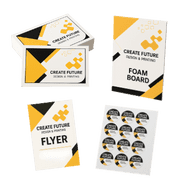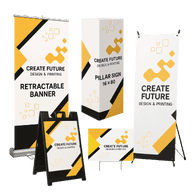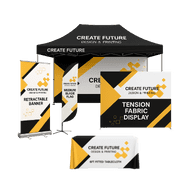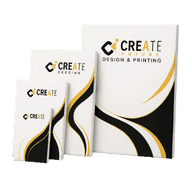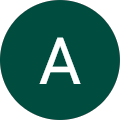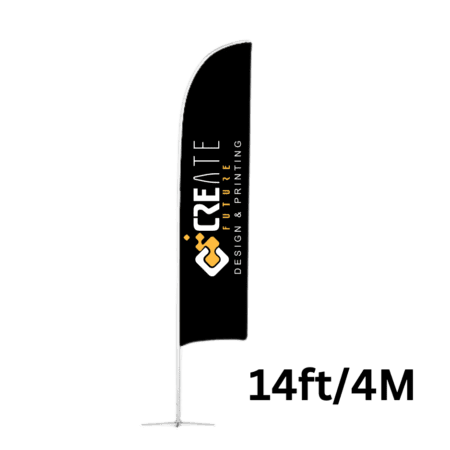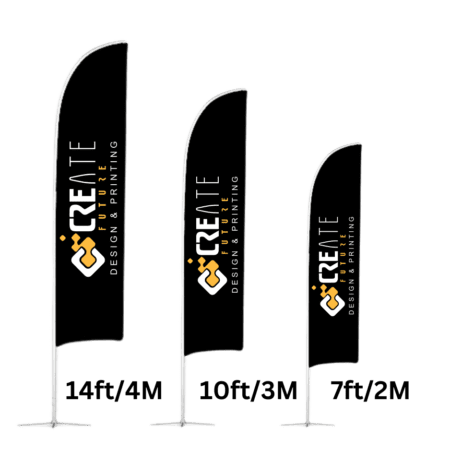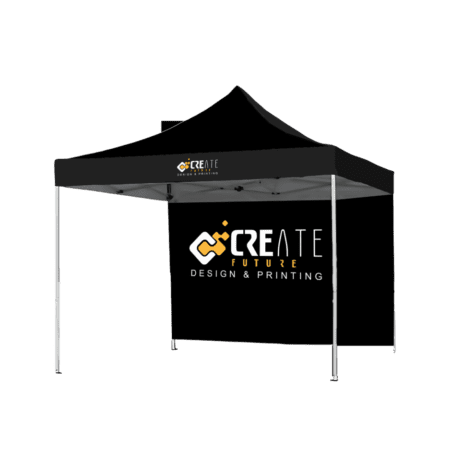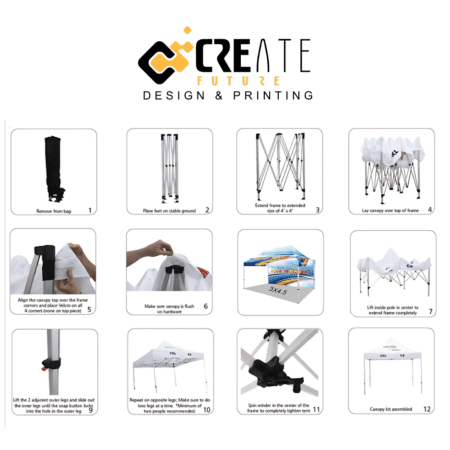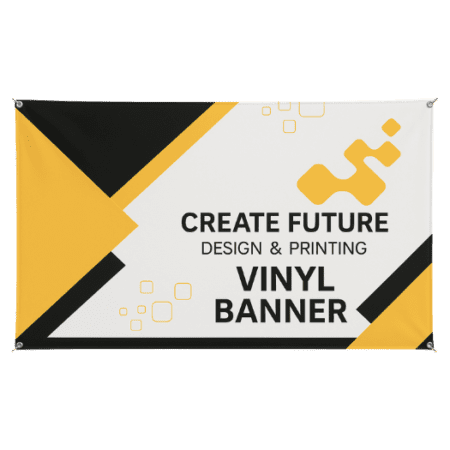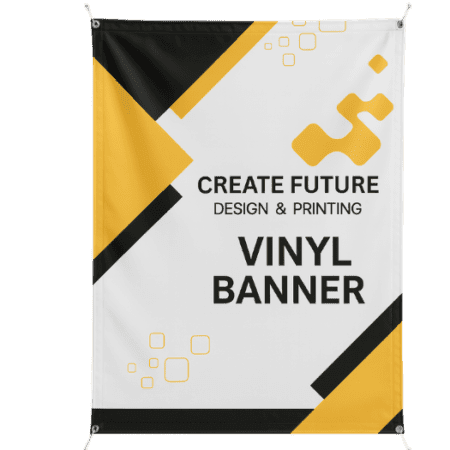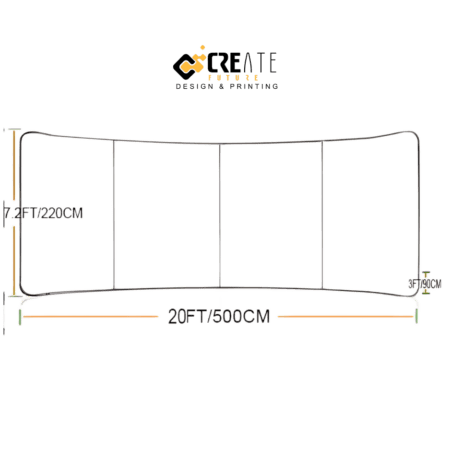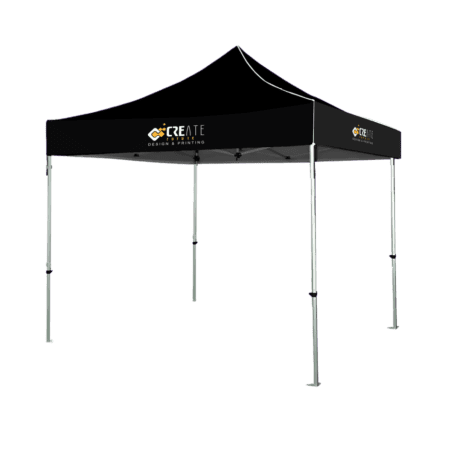High Quality Printing
Backdrops, Flags, Banners Table Cover, Tents,
RollUp Banner.

High Quality Digital Printing
Business card, Flyer, Posters, Brochures and more.

Elevate Your Everyday Look
T-Shirt, Bags, Mugs, Pens, Golf Balls and more.

Bringing Your Brand to Life
Vinyl Banners, Lawn Signs, Roller Banners, Sandwich Banners, Foam Banner.

Best Printing Services in Edmonton | Custom, Local & 24-Hour Print Shop
Since 2020, we’ve been offering top-quality printing services in Edmonton. We specialize in business cards, flyers, banners, backdrops, custom T-shirts, and many other categories. Whether you need same-day printing services or a wide range of print materials, we’ve got you covered. If you’re searching for ‘printing near me,’ we’re your trusted local print shop for all your printing needs!
Local Printing Services in Edmonton | Trusted Print Shop
Our Clients
At Create Future, we believe in delivering not just high-quality prints, but also a memorable experience for every client we serve. Here’s a glimpse of the feedback we’ve received from those who’ve trusted us with their printing needs:

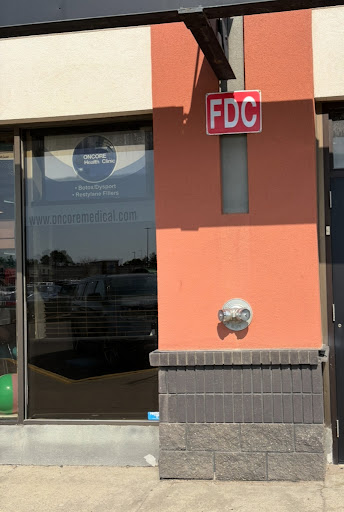

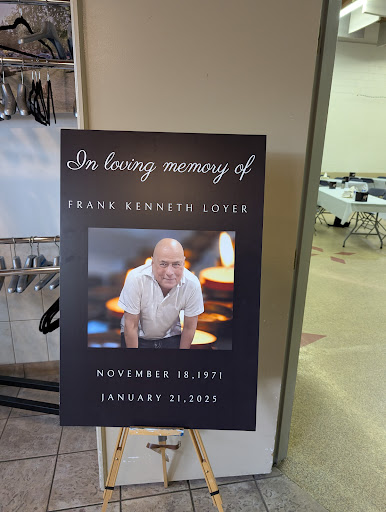
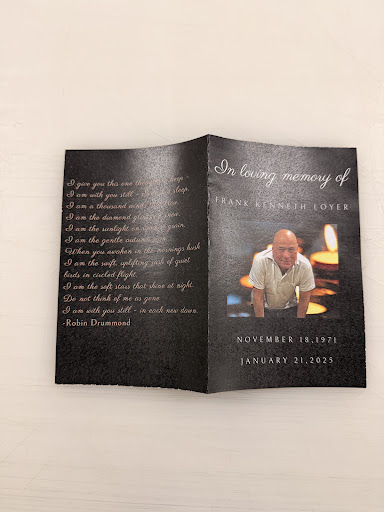
Impressive people!!!
Impressive product quality!!!
All this in Edmonton!!!
I can't thank you enough for your unparalleled work!!!
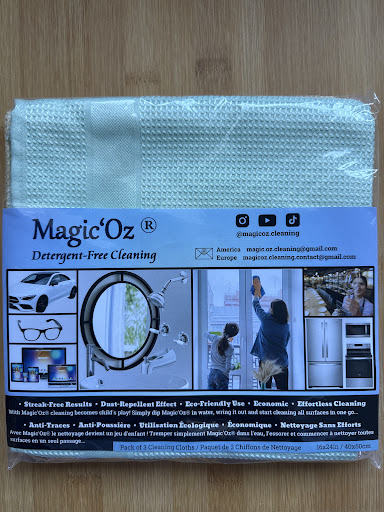
Why Choose Us as Your Trusted Printing Company in Edmonton
Comprehensive Services: As a full-service print shop in Edmonton, we specialize in everything from business cards, banners, and custom t-shirts to large-format printing, promotional products, and trade show displays. No job is too big or small.
Fast & Reliable Turnaround: We understand the importance of deadlines. That’s why we offer 24-hour printing for select items, ensuring you never miss an important event or marketing opportunity.
Exceptional Print Quality: We use state-of-the-art printing technology and premium materials to ensure that every product is of the highest quality. From vibrant banners to crisp business cards, we guarantee professional results.
Custom Design Expertise: Our talented in-house design team helps create impactful and unique visuals. We work with you to bring your ideas to life with precision and creativity, ensuring your branding stands out.
Affordable Pricing with Price Match: At Creative Future, we offer competitive pricing and back it up with a 10% price beat guarantee against local competitors. Get high-quality prints at a great value!
Satisfaction Guarantee: We’re committed to exceeding your expectations. If you’re not satisfied with your print job, we’ll work with you to make it right. Your happiness is our priority.
Eco-Friendly Solutions: We offer sustainable and eco-friendly printing options, including recycled paper and biodegradable inks, ensuring that your business makes a positive impact on the environment.
Local Business Support: With deep roots in Edmonton, we’re proud to support local businesses, events, and communities. Our team’s personalized service and expertise make us your go-to printing partner in the city.

